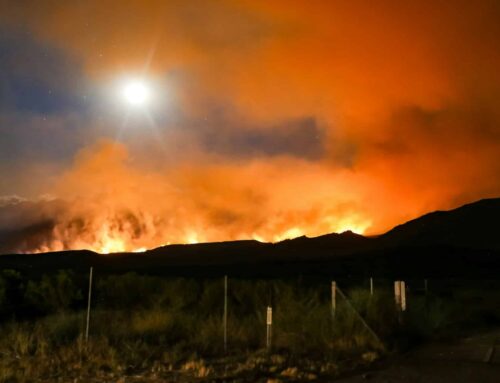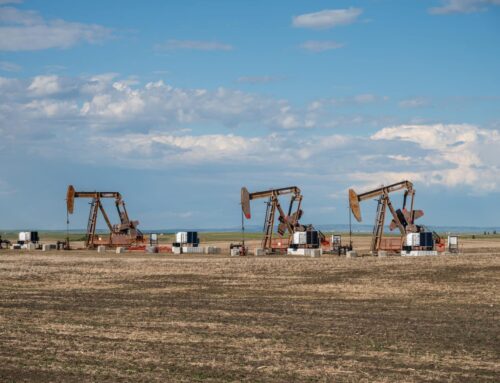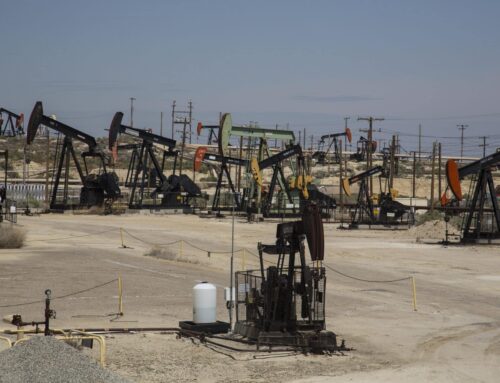The scope of loss from Hurricane Ian is coming into focus. Striking one of the fastest growing areas of Florida, Ian may easily be among the 10 most expensive disasters in U.S. history. Communities and federal taxpayers will spend tens of billions recovering and rebuilding. We can afford it. What we can’t afford is to continue the business-as-usual approach to billion-dollar disasters. The cost in property and, more importantly, lives is too great.
Even as disaster response continues, lawmakers, residents, and taxpayers must ensure the recovery process strengthens protections against future disasters. To do so federal lawmakers must undertake a number of steps, and avoid others, to ensure disaster recovery is in communities – and taxpayers’ – best interests.
Taxpayers provide several programs to help in disaster response and immediate recovery. A Presidential disaster declaration enables FEMA to tap the Disaster Relief Fund (DRF) to provide immediate assistance to individuals and communities. Containing $13 billion of available funds on August 31, and infused with nearly $19 billion more in the stop-gap continuing resolution, there is plenty of cash available in the near-term. Similarly, property owners with policies in the National Flood Insurance Program are able to make claims as soon as they regain access and assess any losses. Important industries, like agriculture, are also covered by numerous taxpayer-subsidized financial safety net programs. The Small Business Administration makes low interest disaster loans available to businesses and homeowners.
All these programs, including NFIP and response from the DRF, trigger potentially billions of dollars in payments – without an act of Congress. In fact, Congress created them for this very reason. Yet, in the aftermath of increasingly destructive events like Hurricane Ian or the earlier Hurricane Fiona that hit Puerto Rico, lawmakers feel compelled to do something. This usually takes the form of throwing money at … something. Too often, this new emergency spending is appropriated with little focus and almost no debate. Instead, lawmakers should first let federal safety net programs work as they were intended.
Natural disasters, and health emergencies, can overwhelm the resources available. As damage assessments become more clear, additional federal funding may be appropriate. This will almost certainly be the case with Ian and Fiona. That said, lawmakers must not lose focus on disaster recovery because of special interests seeking subsidies unrelated to disaster recovery.
For example, in 2017, the overwhelming majority of cotton producers affected by hurricanes in 2017 were already covered by crop insurance. Yet, the industry was able to exploit the 2018 agreement to lift spending caps, to convince Congress to add cotton back to the laundry list of crops eligible for certain farm subsidy programs. The problem? Well, cotton subsidies were so trade distorting in years past that Congress was forced to create an entirely different, industry-specific subsidy program in the 2014 farm bill. It was called STAX, the Stacked Income Protection Program, and was intended to avoid future trade disputes with Brazil – and associated taxpayer costs. In other words, it had nothing to do with the disaster bill, it was just an opening for more handouts. Exploiting the 2018 budget crisis to selectively re-open the farm bill for cotton unleashed billions in subsidies in the years that followed.
As tragic as they are, natural disasters bring clarity to risks and focus to common sense solutions. Every disaster is an opportunity — a tragic opportunity, but an opportunity nonetheless — to make communities less vulnerable and more resilient. Lawmakers must ensure disaster recovery strengthens resilience, not future harm. Federal disaster initiatives are spread across many programs and agencies and often are not informed by one another. To make matters worse, some of our infrastructure and insurance policies remove much of the economic risk of development, not only encourage development in harm’s way, but also keeping people in the same place even after the inevitable disaster occurs. For example, subsidized federal flood insurance, general post-disaster funding assistance, and a litany of federal development programs from roadbuilding to community development block grants all shift financial risk to federal taxpayers, encouraging more intensive development and rebuilding in high-risk areas.
There is a natural inclination to help people in harm. Taxpayers can afford to assist communities and individuals who are unable to recover on their own. But funds are not limitless and emergency spending comes with tradeoffs. Lawmakers must not abandon fiscal responsibility and public accountability. Part of fiscal responsibility includes only spending what is needed. There are currently billions in “emergency” funding from previous natural disasters that is still unspent. This is because passing bills in the heat of the moment often leads to an overestimate of need. Lawmakers should rescind any unspent and unneeded funds and direct them at present emergencies. They just did this in September, making $2.5 billion available for recovery from the Hermit’s Peak/Calf Canyon Fire by re-directing unspent FEMA funds from the Coronavirus Aid, Relief, and Economic Security Act passed in March 2020.
What’s more, disasters disproportionately impact minority and lower income communities. This is in part because of red-lining and other legacy rules that have forced these communities into higher risk areas. And lower income individuals have a harder time accessing federal programs and are less likely to have the means to withstand and rebuild post-disaster. Their place of employment and job may be destroyed in the disaster as well and if you are living month-to-month, or close to it, that could lead to losing housing as well. Policymakers have to acknowledge these facts and ensure equity is part of the equation when providing assistance pre- and post-disaster.
A final reform lawmakers must include in any emergency relief bill is a requirement that agencies separately track emergency dollars from their regular budget. This isn’t a major obstacle for agencies and has been done before. It’s the only way lawmakers, taxpayers, and people recovering from disaster can know if the funds available are truly enough, or too much and thus need to be redirected to more pressing needs. Furthermore, tracking how funds are distributed and the impacts of those funds can lead to better results in the future. Because sadly, there will be more disasters, every dollar spent post-disaster must prespond to future disasters and make those communities and people safer.













Get Social